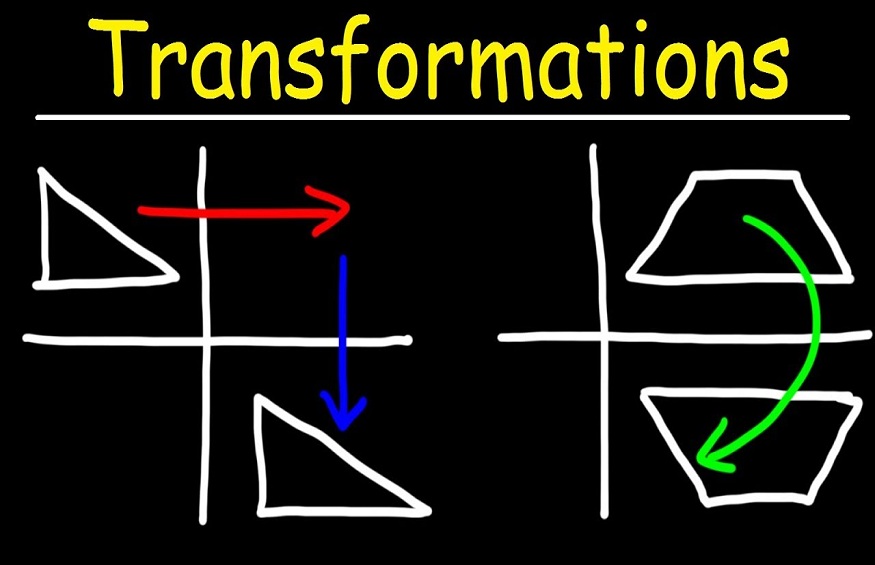How Does Transformation in Maths Play a Major Role in the Real World?
4 min read
Mathematics is a fundamental building block of our society. From engineering to economics, Mathematics is used in almost every field and industry. But what about transformation? How does this type of mathematics play a role in the real world? Here, we will explore how transformation in Mathematics can be used to solve problems in the real world. From aeroplane design to medical diagnosis and financial analysis, we will look at how transformations are used across different industries to make our lives easier or more efficient. We will also discuss some of the challenges faced when using these types of Mathematical operations, as well as some potential solutions.
Transformation in Real World
In the real world, transformation is all around us. It is a process that can change the shape, size, or form of an object. Transformation can be seen in the way a plant grows from a seed to a full-grown tree or in the way a caterpillar transforms into a butterfly. In Mathematics, transformation is a process that changes the appearance of an object without changing its basic properties. Transformations can be linear or nonlinear. Linear transformations preserve straight lines, while nonlinear transformations do not. There are many types of transformations that occur in the real world. One such example is translation. The translation is when an object is moved from one location to another without changing its orientation.
Transformations are used in many fields, such as architecture, engineering and graphic design. They can also be used to solve problems in Physics and Chemistry. In Physics, transformation can be used to understand the motion of objects and the behaviour of waves. In Chemistry, transformation can be used to study how molecules react with each other.
Transformation in Calculus
In Mathematics, a transformation is a function that changes the position or direction of an object. In calculus, a transformation is a function that changes the shape of a graph. Transformations can be used to model real-world situations. For example, if you are trying to find the area of a field, you could use a transformation to change the shape of the field into a rectangle.
Transformation in Robotics
Transformation is the process of changing the appearance, form or nature of something. In the context of robotics, transformation is used to change the position, orientation or shape of a robot. One common application of transformation in robotics is object manipulation. For example, a robot arm can be equipped with a gripper that can pick up and move objects. The gripper must be able to apply the correct amount of force to grasp an object securely, as well as maintain a firm grip while the object is being moved.
Another common application of transformation in robotics is navigation. Robots often need to be able to move around in environments that are designed for humans, such as office buildings or homes. This requires the ability to effectively navigate obstacles and safely interact with people and other objects in the environment.
Transformation in Computer Graphics
In the field of computer graphics, transformation refers to the process of manipulating objects in a digital image. This can be done in order to change the size, shape or position of the object. Transformation is a key concept in computer graphics, as it allows for the creation of new images from existing ones. The different types of transformations, such as translation, rotation and scaling, combined to create more complex shapes and images.
Computer graphics use transformation matrices to represent transformation operations. A matrix is a grid of numbers that can be used to transform one image into another. The most common type of matrix used in computer graphics is the 2D transformation matrix. 3D transformations are also possible using 3D transformation matrices. These matrices can be used to translate, rotate and scale 3D objects. 3D transformations are often used in computer-aided design (CAD) programs to create models of objects. A transformation is a powerful tool that can be used to create impressive images and animations. With the help of computers, almost anything is possible when it comes to transformation.
As a result, transformation in Maths plays a major role in the real world, allowing us to see and understand how shapes are altered when compared to their original form. By understanding transformations, we can apply them to real-world scenarios such as architecture or engineering, making it easier for us to see how objects would be affected based on certain changes. With this knowledge of transformation and its applications, we can make decisions that will have an effect on our environment and help shape the world around us for the better.







